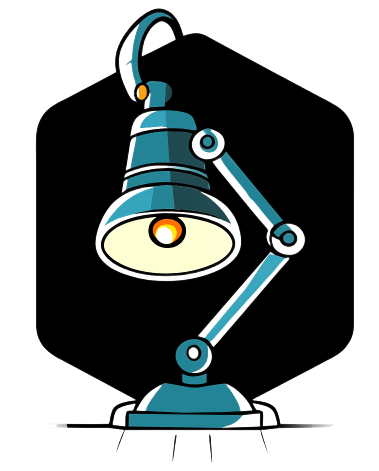Come Cancellare i dati da una chiavetta USB con Mac?
To format a USB flash drive, follow these steps:
- Click on Applications and open Disk Utility.
- In Disk Utility, select the USB drive from the sidebar.
- Select Erase in the Disk Utility menu.
- Add a name to the newly formatted disk.
Formatting Options for USB Flash Drives
If you only work with Windows devices, the NTFS format is the best option for formatting a USB flash drive. You don’t need to worry about file sizes or the capacity of the drive.
Writing to a USB Flash Drive on Mac
To write to a USB flash drive on a Mac, follow these steps:
- Check if your USB flash drive has a physical switch that enables or disables write protection. If it does, disable the switch to allow formatting of the USB drive.
Converting from exFAT to FAT32
To convert a USB flash drive from exFAT to FAT32, follow these steps:
- Make sure your memory stick, also known as an SD card, is detected by your computer.
- Right-click on the SD card and select Format in the Windows Disk Management menu.
- Choose the FAT32 or NTFS file system.
Troubleshooting USB Drive Issues on Mac
If your Mac cannot read the USB flash drive, try the following steps:
- Change the USB port and connect another device to the initial port.
- If the computer still doesn’t work, turn it off and unplug it from the power source.
- Reconnect the computer to the power source after a minute and restart it.
How to Format a USB Flash Drive
To format a USB flash drive, follow these steps:
- Connect the USB flash drive to the computer you want to format.
- Wait for the operating system to detect and install the drive correctly.
- Locate the flash drive using the computer’s resources.
- Right-click on the device and look for the Format option.
Difference between NTFS and FAT32 Formatting
The main difference between NTFS and FAT32 formatting is the file size limit. FAT32 is the best option for formatting USB flash drives if the files don’t exceed 4 GB. For formatting both internal and external hard drives, the NTFS file system is the best choice.
How to Format in FAT32
To format a USB flash drive in FAT32, follow these steps:
- Right-click on the device icon to be formatted.
- Select the Format option from the context menu.
- In the window that opens, choose FAT32 from the dropdown menu for the File System.
How to Format an Unreadable USB Flash Drive
To format an unreadable USB flash drive, follow these steps:
- Visit the Disk Management section in the Control Panel.
- Format the drive corresponding to the flash drive by right-clicking on it.
How to Unlock a Write-Protected USB Drive
To unlock a write-protected USB drive, follow these steps:
- Open File Explorer and choose the This PC folder (or the name of your computer) to display all the drive disks, including removable ones.
- Select the USB flash drive and right-click to find the option Format.
